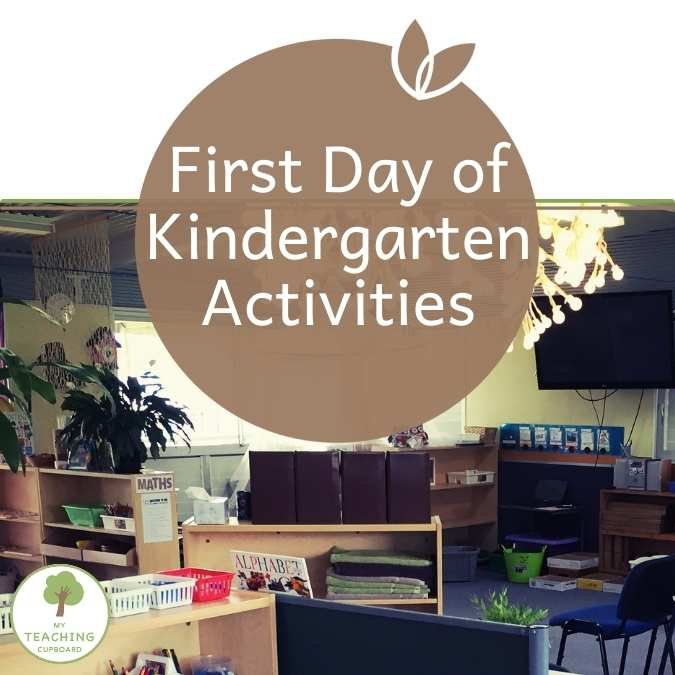
When everyone has arrived and settled, call them to the carpet for a short morning meeting. Introduce yourself and play a get-to know you circle game.
At a very early stage take them on an illustrated walk, to the toilets. Explain the rules in a calm reassuring tone- important things they should not share such as waiting turn, washing hands, and the need to respect the privacy of others.
Have a practice on how to march off silently in a single file to the toilets and back. This simple walkthrough sets clear expectations and helps build confidence, reducing the likelihood of accidents or confusion later on.
Take your time and thoroughly explain EVERYTHING!
Introducing Supplies and the Idea of Communal Sharing
It can be creatively and effectively introduced how to add classroom materials in the first day.
Tackling the supply crates could also be done as a group activity, so gather the students and go through the crates. As another example, one can show crayons or glue sticks and discuss that they are shared by everyone. You also can have a quick sorting game and have students help sort the supplies into containers positioned around the room.
Don’t forget to introduce other classroom supplies like play dough or math manipulatives too.
This important first day activity not only reinforces the idea of sharing but also introduces your new students to where materials are stored. By involving your students in organising their classroom supplies, you’re building ownership and encouraging responsibility right from day one.
Teaching Routines: Lunch Breaks and Playground Expectations
Lunch breaks and play time can be two of the most overwhelming parts of the first day, but modelling expectations early helps everything run smoothly.
Before the first break, show students how to unpack their lunches and explain eating expectations—
-
like sitting down while eating
-
tidying up when they’re done
-
where to place any leftover food or rubbish.
Introduce the concept of a food recycling bin if you have one, and model how to use it.
